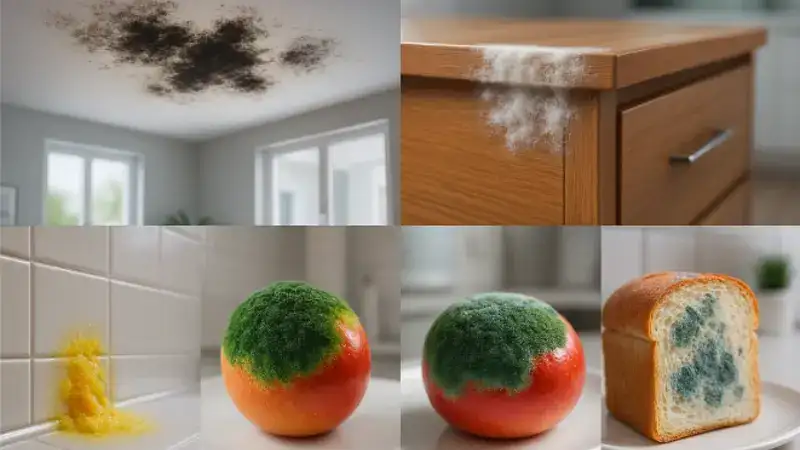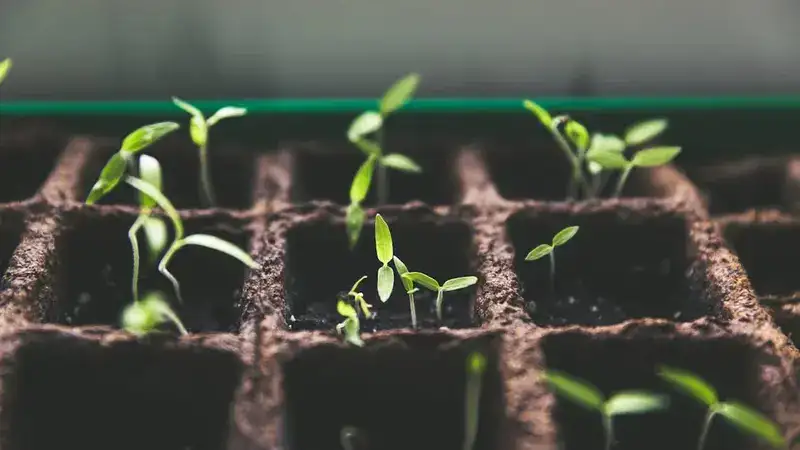Mold is everywhere. It grows on walls, ceilings, and even food. But not all mold is the same. Some types are harmless. Others pose serious health risks. Knowing the difference is essential. That’s where mold identification photos come in. These help you spot dangerous mold types quickly and clearly.
Visit WORLD JOURNEY MAGAZINE for more details
What Is Mold?
Mold is a type of fungus. It thrives in moist, warm environments. Mold spores float in the air. Once they land on a damp surface, they grow. This growth can happen fast—sometimes in just 24 hours. Mold spreads through spores and can be hard to stop once it starts.
Why Is Mold Dangerous?
Not all mold is toxic. But some types can cause major health problems. Breathing in spores may trigger allergies. Some people develop asthma-like symptoms. Long-term exposure to toxic mold can damage the lungs. It may even affect the brain. That’s why proper mold identification is critical.
Common Types of Mold in Homes
Several mold types often appear indoors. Each type looks different. Their textures, colors, and growth patterns vary. Below are the most common indoor molds.
1. Black Mold (Stachybotrys chartroom)
Black mold is dark green or black. It often appears slimy. It grows on drywall, wood, and paper. This type is highly toxic. It causes headaches, fatigue, and respiratory issues. Always handle it with care.
2. White Mold
White mold looks like a powdery or fluffy layer. It grows on wood, fabric, and plants. It’s often mistaken for mildew. Though not always toxic, white mold can trigger allergic reactions.
3. Green Mold
Green mold includes several species. It usually appears fuzzy and spreads quickly. It’s common on food and walls. This mold can be harmful if inhaled. Removing it quickly is essential.
4. Yellow Mold
Yellow mold appears in slimy or dry layers. It’s found on wood, walls, and food. Some types produce mycotoxins. These toxins can cause serious health issues.
5. Blue Mold
Blue mold looks bright and powdery. It grows on fruits, cheese, and bread. Though common, it can spoil food and irritate the skin or lungs.
Mold Identification Photos: Why You Need Them
Seeing is believing. Descriptions help, but photos make mold easy to recognize. Mold identification photos give visual clues. They highlight color, texture, and growth patterns. These visuals make comparison fast and accurate.
Where Mold Grows
Mold hides in damp places. Check these areas in your home:
-
Bathroom tiles and corners
-
Kitchen sinks and cabinets
-
Basement walls and floors
-
HVAC systems
-
Around windows and doors
Spotting it early can prevent serious damage.
Signs You Might Have Mold
Mold isn’t always visible. Here are signs to watch for:
-
Musty odors
-
Discolored walls or ceilings
-
Peeling paint or wallpaper
-
Coughing or sneezing indoors
-
Constant allergies or headaches
If you notice any of these, check for mold.
How to Use Mold Identification Photos
Use these steps when reviewing mold identification photos:
-
Compare color and texture.
-
Look at where it’s growing.
-
Check the pattern—fuzzy, slimy, or spotty?
-
Match it with trusted photo guides.
-
Take your own photos for expert review.
This method works well for most homeowners.
Mold on Different Surfaces
Mold behaves differently depending on the surface. Let’s break it down:
Mold on Walls
Usually appears as black or green patches. Often caused by leaks or high humidity. Remove it using mold-specific cleaners. Always fix the source of moisture.
Mold on Ceilings
Grows due to roof leaks or condensation. Appears as black rings or stains. Paint won’t hide it—removal is necessary.
Mold on Wood
White or yellow mold appears on untreated wood. Wood retains moisture, making it ideal for mold. Sanding and treatment are often required.
Mold on Food
Green, white, or blue mold grows quickly on perishable items. Never eat moldy food, even if you cut off the moldy part. Spores penetrate deeper than you can see.
Mold Growth Stages
Understanding mold growth helps in early detection.
-
Stage 1: Invisibility – Spores land and wait.
-
Stage 2: Germination – Mold begins to grow in 24–48 hours.
-
Stage 3: Colonization – Mold becomes visible and spreads.
-
Stage 4: Full Infestation – Mold damages materials and affects health.
The earlier you detect it, the easier the cleanup.
Tools to Help Mold Identification Photos
Use the following to detect and compare mold types:
-
Moisture meter
-
Flashlight
-
Smartphone camera
-
Online mold identification photos
-
Mold testing kits
A combination of tools and photos gives accurate results.
When to Call a Professional
Some mold infestations need expert help. Call a professional if:
-
The mold covers over 10 square feet
-
You notice black mold
-
You feel sick when indoors
-
Mold keeps coming back after cleaning
Professionals have tools to test and remove mold safely.
Preventing Mold Growth
Mold prevention saves money and health. Follow these steps:
-
Use dehumidifiers in damp rooms
-
Fix leaks immediately
-
Ensure proper ventilation
-
Clean and dry spills quickly
-
Inspect hidden areas often
Prevention is easier than removal.
FAQs About Mold Identification Photos
Can I identify mold just by looking at it?
Not always. Some types look similar. Mold identification photos help but lab tests confirm species.
Is all mold dangerous?
No, but all mold should be treated seriously. Allergies and sensitivities vary.
Will bleach kill mold?
Bleach may work on non-porous surfaces. On wood or drywall, it won’t reach deep mold roots.
Can mold grow in cold places?
Yes, if moisture is present. Basements and fridges are common cold spots for mold.
What’s the first sign of mold?
A musty smell is often the first sign. It means spores are active.
Final Thoughts
Mold can be sneaky and dangerous. Visual tools like mold identification photos help spot it early. Whether it’s on walls, food, or ceilings, identifying it quickly makes a big difference. Don’t rely on guesswork. Use photos, compare carefully, and act fast. Prevention and early detection are key. Stay safe—and mold-free.



